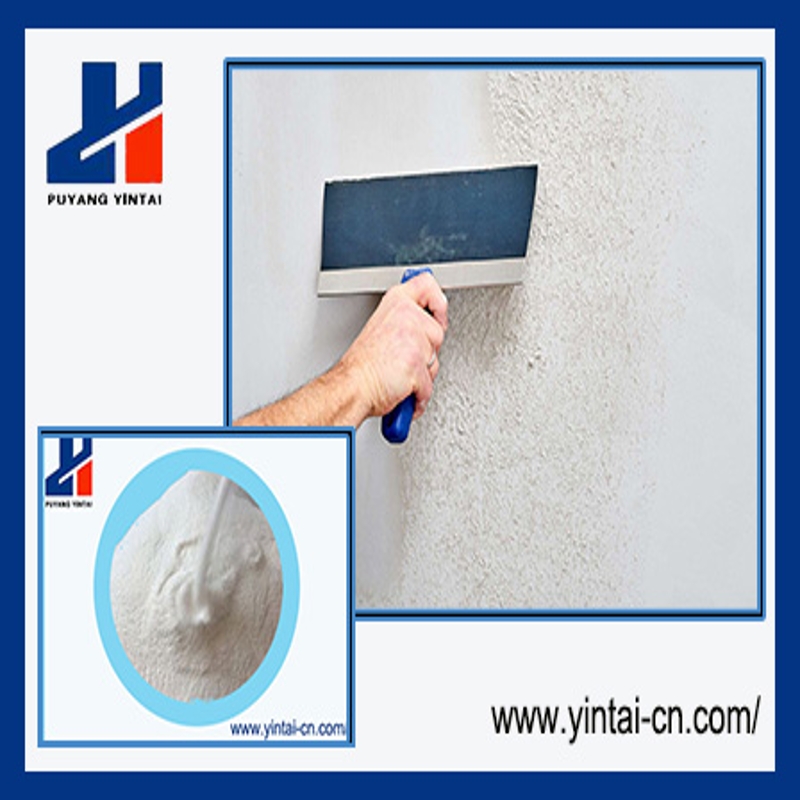-
Categories
-
Pharmaceutical Intermediates
-
Active Pharmaceutical Ingredients
-
Food Additives
- Industrial Coatings
- Agrochemicals
- Dyes and Pigments
- Surfactant
- Flavors and Fragrances
- Chemical Reagents
- Catalyst and Auxiliary
- Natural Products
- Inorganic Chemistry
-
Organic Chemistry
-
Biochemical Engineering
- Analytical Chemistry
- Cosmetic Ingredient
-
Pharmaceutical Intermediates
Promotion
ECHEMI Mall
Wholesale
Weekly Price
Exhibition
News
-
Trade Service
Six, analysis and testing
(1) Instrument reference conditions (for reference only, can be adjusted appropriately according to the actual instrument)
Mobile phase: Solution A is acetonitrile, and solvent B is ultrapure water
Flow rate: 1.
Injection volume: 10uL
Column temperature: 30℃
The gradient changes are shown in Table 3-8
Table 3-8 Gradient changes of mobile phase of PAH special column
Detector: Diode Array Detector (PDA), detection wavelength: 228nm
Fluorescence detector (RF), the detection wavelength is shown in Table 3-9
Table 3-9 Wavelength gradient change of fluorescence detector
(2) Calibration curve
Prepare a standard series of more than 5 points (such as 2.
Table 3-10 Retention time
7.
(1) Qualitative target compound
Qualitatively based on the retention time of each component of the standard material
(2) Quantitative calculation
1.
See Solid Waste—Determination of Organophosphorus Pesticides—Gas Chromatography (1) for the calculation of solid waste leachate
2.
See Solid Waste—Determination of Organophosphorus Pesticide—Gas Chromatography (1) for calculation of solid and semi-solid waste
.
8.
Quality Assurance and Quality Control
(1) The analysis result of the blank test should be less than the detection limit of the method
.
(2) At least one full program blank for each batch of samples (not more than 20 samples per batch)
.
The analysis result should meet the control index of the blank test
.
(3) The analysis of each batch of samples needs to establish a calibration curve, the correlation coefficient is not less than 0.
995, the intermediate mass concentration standard solution of the calibration curve should be measured every 20 samples, and the absolute value of the relative error between the measurement result and the standard value should not exceed 10% , Otherwise you need to find out the reason or redraw the calibration curve
.
(4) The preparation of the standard series should be at least 5 points, and the preparation mass concentration range should cover the mass concentration of the sample to be tested
.
(5) At least one parallel analysis and matrix spike analysis should be done for each batch of samples (not more than 20 samples per batch)
.
The relative deviation of the determination results of two parallel samples should be within 30%; the recovery rate of each component in the spiked sample should be between 60% and 120%
.
Nine, matters needing attention
(1) The sampling amount of solid waste samples is generally recommended to be 2-10g, and the specific sampling amount depends on the concentration of the target substance and the complexity of the matrix;
(2) If the processed sample cannot be analyzed in time, it should be stored in a refrigerated, dark, and air-tight manner at 4°C, and the analysis should be completed within 30 days;
(3) When performing ASE extraction of solid waste samples, appropriate amount of diatomaceous earth should be added and mixed well to disperse well, otherwise the sample extraction will be incomplete;
(4) During rotary evaporation and concentration, pay attention to the proper pressure and temperature.
Too low pressure or too high temperature may reduce the recovery rate of volatile polycyclic aromatic hydrocarbons:
(5) Transfer after concentration by rotary evaporation, pay attention to washing the pear-shaped bottle several times with a small amount of solvent, and transfer them together, otherwise the target compound will be lost;
(6) Polycyclic aromatic hydrocarbon compounds are widely distributed in ambient air, water and soil, and the highest content is naphthalene.
The materials used in the experiment must be processed accordingly to control the blank of the whole procedure
.
(7) Difluorobiphenyl can be referred to as a substitute, but under the above chromatographic conditions, a well-known brand of difluorobiphenyl standard solution has two chromatographic peaks.
If the chromatographic peak is selected at 21 min, the recovery rate is 70% to 120%
.







